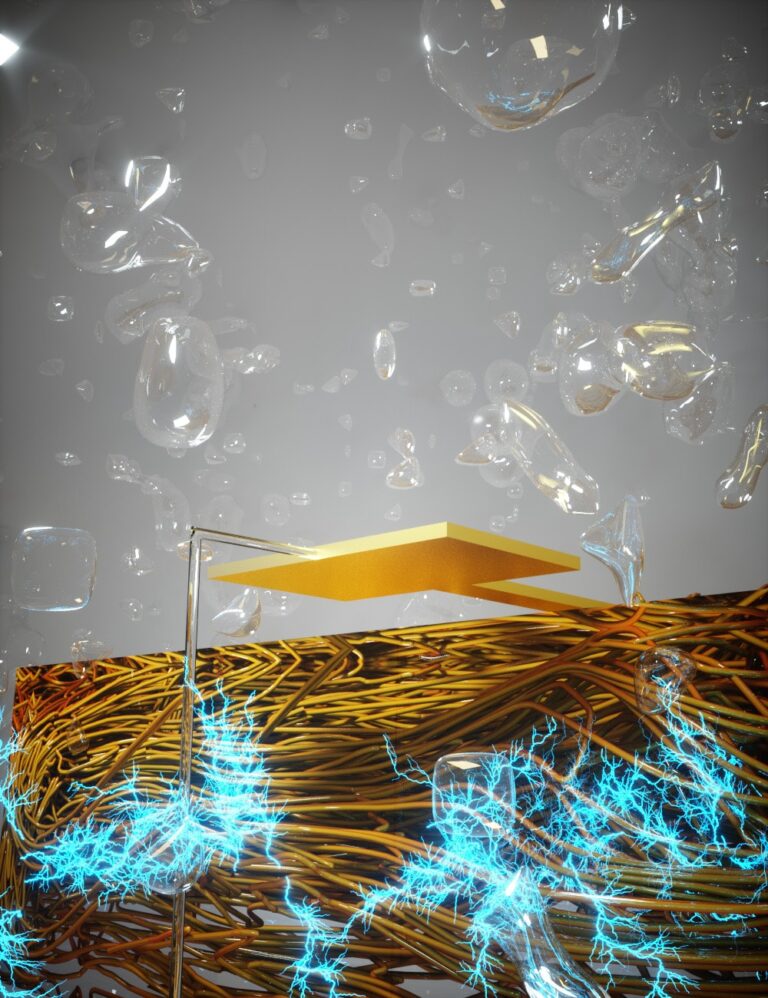“What we invented, you can think of it as a small-scale, man-made cloud,” said Jun Yao, a professor of engineering at the University of Massachusetts at Amherst and the senior author of the study. . “It’s really a very accessible, massive source of continuous clean electricity. Imagine having clean electricity everywhere you go.”
That could include a forest, while hiking on a mountain, in a desert, in a rural village or on the road.
An air-powered generator, known as an “Air-gen,” will offer continuous clean electricity because it uses energy from moisture, which is always present, rather than depending on the sun or wind . Unlike solar panels or wind turbines, which require specific environments to thrive, Air-gens can go anywhere, Yao said.
However, less humidity means less energy can be harvested, he added. Winters, with dryer air, will produce less energy than summers.
The device, which is the size of a fingernail and thinner than a hair, is dotted with tiny holes known as nanopores. The holes have a diameter smaller than 100 nanometers, or less than a thousandth the width of a human hair.
The tiny holes allow water in the air to pass through in a way that creates a charge imbalance at the top and bottom of the device, effectively creating a battery that runs continuously.
“We are opening a wide door for harvesting clean electricity from thin air,” Xiaomeng Liu, another author and a UMass engineering graduate student, said in a statement.
While a prototype produces only a small amount of energy — about enough to power a dot of light on a large screen — because of its size, Yao says the Air-gens can be stacked on top of each other, which possibly with air spaces in between. . Power storage is a separate issue, he added.
Yao estimated that about 1 billion Air-gens, stacked about the size of a refrigerator, could produce one kilowatt and partially power a home in ideal conditions. The team hopes to lower the number of devices needed and the space they use by making the tool more efficient. Doing so can be a challenge.
Scientists must first determine which material will work best in different climates. Eventually, Yao said he hopes to develop a technique to scale the device without blocking the moisture it can capture. He likes it too learn how to effectively stack devices on top of each other and how to engineer Air-gen to get more energy from the same size device.
It’s unclear how long that will take.
“Once we optimize it, you can put it anywhere,” Yao said.
It can be embedded in the wall paint in a house, done on a larger scale in unused space in a city or scattered in hard-to-reach areas of the office. And since it can use almost any material, it can take less from the environment than other renewable forms of energy.
“The whole world is covered with a thick layer of moisture,” Yao said. “This is a tremendous source of clean energy. This is just the beginning of harnessing that.”
